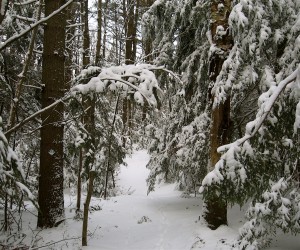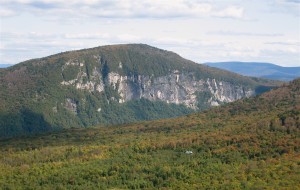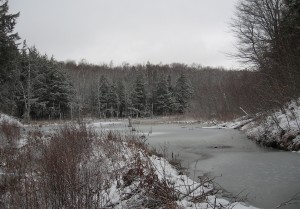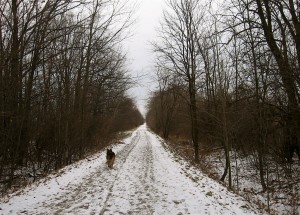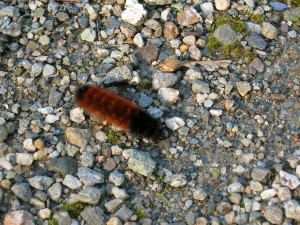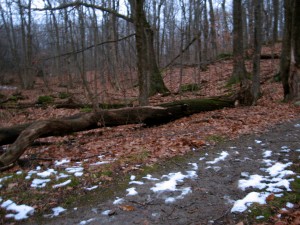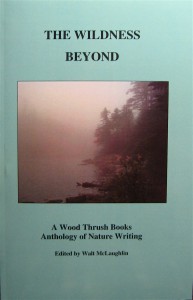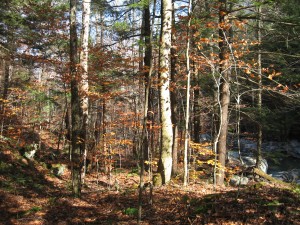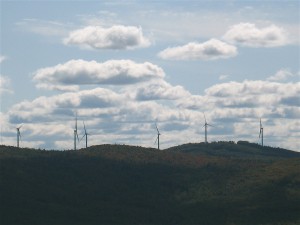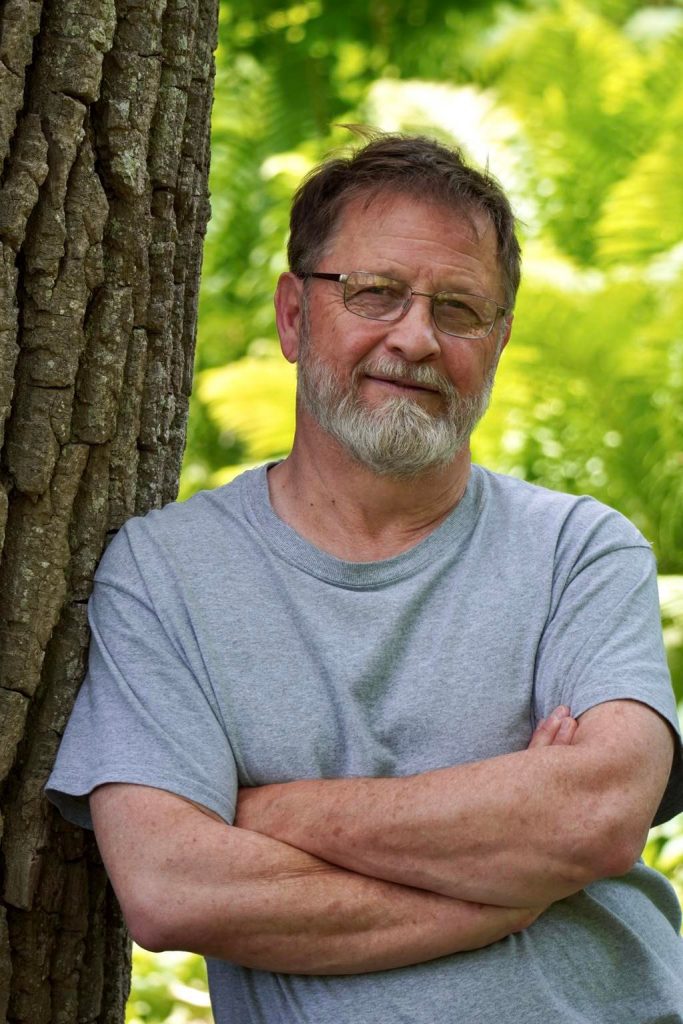Jan 30 2012
World Weary
 Thanks to my tech savvy wife, I now get my morning news from an electronic device. Now I can read newspapers from any point on the globe, and keep up with the latest developments everywhere. Talk about information overload! I have to limit myself to half an hour of browsing otherwise I’d be at it all day. There’s really no end to the images and words that are available. With a good internet connection, the world is indeed a small place.
Thanks to my tech savvy wife, I now get my morning news from an electronic device. Now I can read newspapers from any point on the globe, and keep up with the latest developments everywhere. Talk about information overload! I have to limit myself to half an hour of browsing otherwise I’d be at it all day. There’s really no end to the images and words that are available. With a good internet connection, the world is indeed a small place.
Yeah, now I can read about local, national and international events until I am truly sick at heart. Better than sticking my head in the sand and ignoring it all, I suppose. All the same, I can’t help but wonder what good all this information does me.
Am I better off keeping up with the massacres in Africa, the latest court rulings on crumbling nuclear power plants, or the circus that we call the presidential primaries? How much more do I need to know about the lurid sex lives of the rich and powerful, or the horrific crimes committed by supposedly decent folk? I’m partial to scientific surveys, but the one I read tomorrow will contradict the one I read today. Is eating dark chocolate and drinking red wine good for me or not? I know how they taste. That’s all I can say for sure.
I am world weary. 99% of the so-called information I encounter during the course of a day is tainted with propaganda, and quite frankly, I am tired of sorting through it. I call myself a philosopher because I have an insatiable hunger for meaning, but such a desire is meaningless in the Age of Misinformation. Media buzz trumps reality. And the wider the gap grows between the average person and wild nature, the more this becomes true.
A day in the woods provides temporary relief, but a week or two off the grid only makes it harder to come back. In the summer of ’92, I went into the Alaskan bush hoping to resolve this matter. I haven’t been the same since. I have directly experienced What-is and know, beyond any reasonable doubt, that it vanishes the moment I step out of a wild forest. So now I turn on an electronic device, searching for more information, substituting that for wisdom. Then I get dressed and go to work on a keyboard, either at home or elsewhere, wondering why I feel so empty inside.
I should be happy. I have my health, a great marriage, my literary work, family and friends, and so much more. But I am weary in a way that Kierkegaard, Nietzsche or any other existentialist would understand all too well. The gap between the wild and the civilized is wide indeed. And the world we live in doesn’t make much sense.

